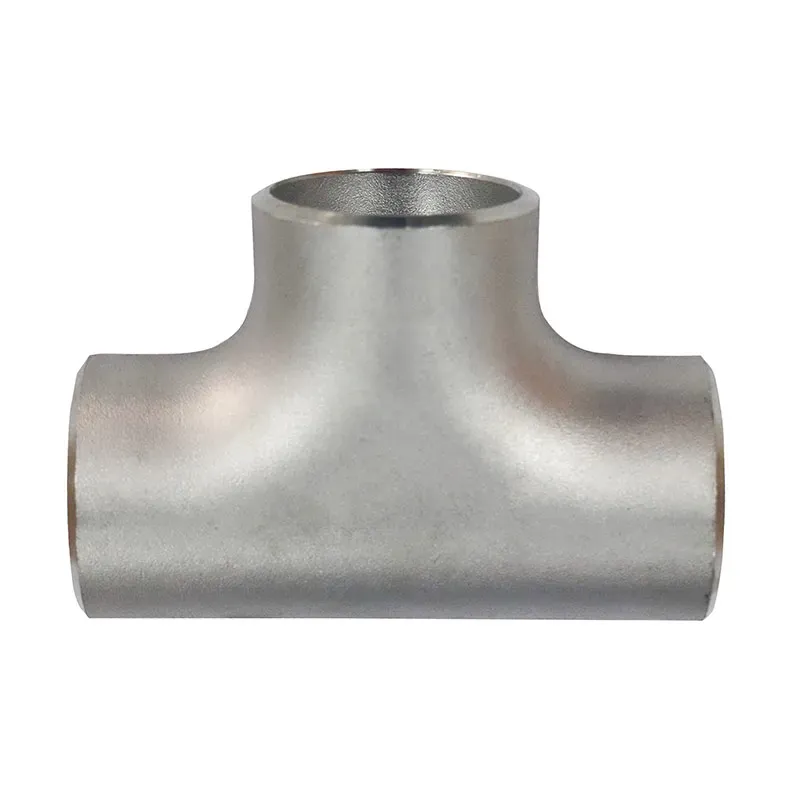-
Cangzhou Yulong Steel Co., Ltd.
-
Phone:
+86 13303177267 -
Email:
admin@ylsteelfittings.com
- English
- Arabic
- Italian
- Spanish
- Portuguese
- German
- kazakh
- Persian
- Greek
- French
- Russian
- Polish
- Thai
- Indonesian
- Vietnamese
- Zulu
- Korean
- Uzbek
- Hindi
- Serbian
- Malay
- Ukrainian
- Gujarati
- Haitian Creole
- hausa
- hawaiian
- Hebrew
- Miao
- Hungarian
- Icelandic
- igbo
- irish
- Japanese
- Javanese
- Kannada
- Khmer
- Rwandese
- Afrikaans
- Albanian
- Amharic
- Armenian
- Azerbaijani
- Basque
- Belarusian
- Bengali
- Bosnian
- Bulgarian
- Catalan
- Cebuano
- China
- China (Taiwan)
- Corsican
- Croatian
- Czech
- Danish
- Esperanto
- Estonian
- Finnish
- Frisian
- Galician
- Georgian
- Kurdish
- Kyrgyz
- Lao
- Latin
- Latvian
- Lithuanian
- Luxembourgish
- Macedonian
- Malgashi
- Malayalam
- Maltese
- Maori
- Marathi
- Mongolian
- Myanmar
- Nepali
- Norwegian
- Norwegian
- Occitan
- Pashto
- Dutch
- Punjabi
- Romanian
- Samoan
- Scottish Gaelic
- Sesotho
- Shona
- Sindhi
- Sinhala
- Slovak
- Slovenian
- Somali
- Sundanese
- Swahili
- Swedish
- Tagalog
- Tajik
- Tamil
- Tatar
- Telugu
- Turkish
- Turkmen
- Urdu
- Uighur
- Welsh
- Bantu
- Yiddish
- Yoruba

Nov . 22, 2024 19:14 Back to list
api 5l line pipe
Understanding API 5L Line Pipe Key Features and Applications
API 5L line pipe is a crucial component in the oil and gas industry, primarily used for the transportation of oil and natural gas. Its significance extends beyond mere functionality, encompassing various standards that ensure safety, efficiency, and reliability in pipeline construction and operation. This article delves into the essentials of API 5L line pipe, highlighting its key features, specifications, and applications.
What is API 5L Line Pipe?
API 5L, established by the American Petroleum Institute (API), is a specification that outlines the requirements for manufacturing line pipes used in the transportation of oil and gas. The specification covers various grades and types of pipes designed to withstand different environmental conditions and pressures. API 5L pipes are typically made from carbon steel and are available in different shapes, including seamless and welded pipes.
Key Features of API 5L Line Pipe
1. Material Composition API 5L line pipes are primarily constructed from carbon steel, which is known for its strength and durability. The specification allows for varying carbon content to meet different strength requirements.
2. Grades The API 5L specification categorizes pipes into different grades, mainly X42, X52, X56, X60, X65, and X70, among others. Each grade indicates the pipe's yield strength, which is essential for determining its suitability for specific applications.
3. Dimensional Tolerances API 5L provides precise dimensional tolerances, covering outer diameter, wall thickness, and length. These tolerances ensure uniformity in production, which is critical for seamless integration in pipeline networks.
4. Coating and Protection To enhance the longevity of line pipes, particularly in corrosive environments, API 5L pipes are often coated with protective layers. Common coatings include fusion-bonded epoxy and polyethylene, which help prevent corrosion and extend the service life of the pipes.
api 5l line pipe

5. Testing and Quality Assurance API 5L line pipes undergo rigorous testing procedures to ascertain their mechanical properties, including tensile strength, yield strength, and impact toughness. This ensures that the pipes meet the stringent requirements laid out in the API 5L specification, providing assurance of quality to end-users.
Applications of API 5L Line Pipe
The applications of API 5L line pipes are diverse, encompassing various sectors within the oil and gas industry
1. Oil and Gas Transportation The primary use of API 5L line pipes is the transportation of crude oil and natural gas over long distances. The pipes are engineered to withstand high pressure and extreme temperatures, making them ideal for this application.
2. Water Lines in Oil Fields API 5L pipes are also utilized in water injection systems within oilfields, where they transport water used for enhanced oil recovery processes.
3. Refinery and Petrochemical Facilities Within refining and petrochemical facilities, API 5L pipes are employed for various applications, including the transmission of hydrocarbons and other materials throughout the facility.
4. Utility Piping Beyond the oil and gas sector, API 5L line pipes can be used for utility piping, including water supply and sewage systems, due to their robust nature and resistance to corrosion.
Conclusion
API 5L line pipe plays a vital role in the oil and gas industry, providing a reliable and efficient means of transporting hydrocarbons over vast distances. Its comprehensive specifications, material properties, and rigorous testing protocols ensure that it meets the demands of various applications while maintaining safety and durability. As the energy sector continues to evolve, the importance of high-quality line pipes like those specified by API 5L will remain paramount in meeting the global demand for energy while adhering to safety and environmental standards. Understanding and utilizing API 5L specifications can lead to enhanced operational efficiency and sustainable practices in pipeline construction and management.
Latest news
-
ANSI 150P SS304 SO FLANGE
NewsFeb.14,2025
-
ASTM A333GR6 STEEL PIPE
NewsJan.20,2025
-
ANSI B16.5 WELDING NECK FLANGE
NewsJan.15,2026
-
ANSI B16.5 SLIP-ON FLANGE
NewsApr.19,2024
-
SABS 1123 FLANGE
NewsJan.15,2025
-
DIN86044 PLATE FLANGE
NewsApr.19,2024
-
DIN2527 BLIND FLANGE
NewsApr.12,2024
-
JIS B2311 Butt-Welding Fittings LR/SR 45°/90° /180°Seamless/Weld
NewsApr.23,2024











